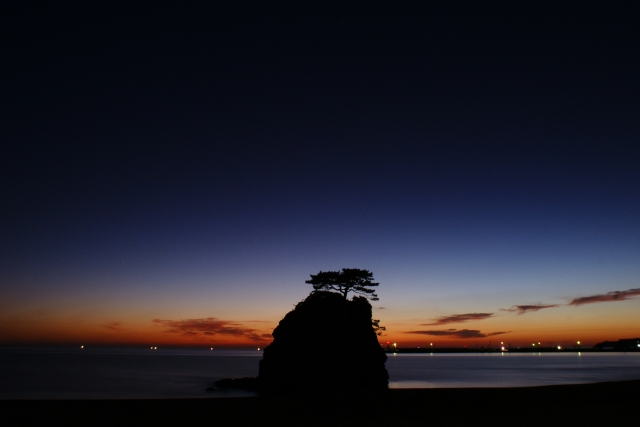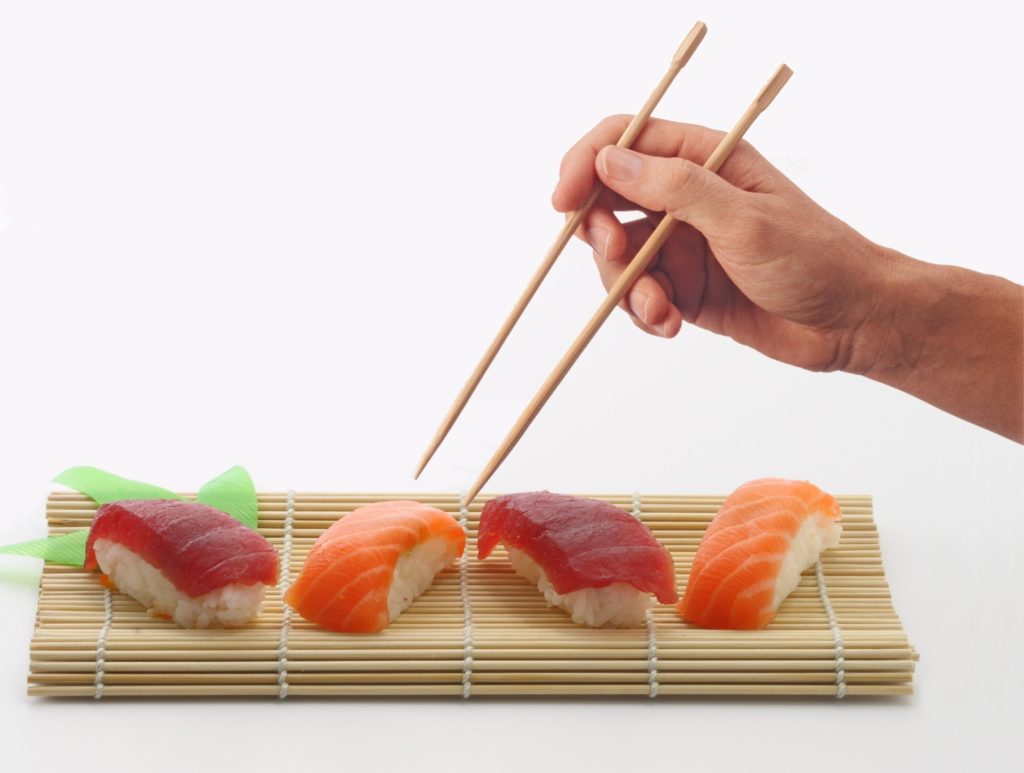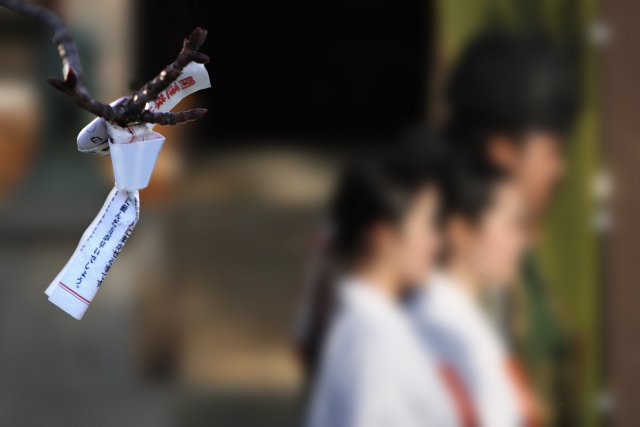
In fact, there are no strict rules (manners) for visiting shrines.
Prayer is more important than etiquette.
Our ancestors have handed down the form of worship to us as a way of life.
It is based on the value of “Keishin Suso,” which you may have seen as a four-letter word at shrines.
You may have seen it as a four-letter phrase at shrines.
The fundamental spirit of Shinto is “Keishin Suso”.
We pray with our hands in front of the Kamis without being aware of the deeper meaning.
As the word “Keishin Suso” literally means, “to revere and worship the Kamis and ancestors”.
The word “Kami” here refers to the “Yaoyorozu-no-Kami” and includes yourself.
Shrine worship is not a place to “go to make a wish” but a place to “be thankful for being alive” and a place to “pray”.
In this article, we would like to briefly tell you what is at the root of shrine visits, rather than the manners themselves.
Road approaching a shrine
When we enter a shrine, the first thing we see is the “Torii” (gate).
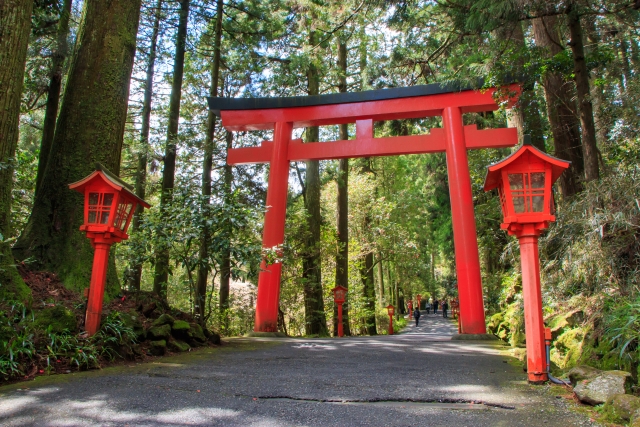
The torii gate is said to separate the inside from the outside of the shrine, indicating that it is a “Shinto shrine area”.
A “hinto shrine area” is a place of purity.
It is a place where you can enter a clean place, worship, and start over again from a clean place, or to put it bluntly, a place where you can confirm your “rebirth”.
After passing through the torii gate, you will find the approach to the shrine.
This is the path leading to the place of worship.
Many of the paths are lined with gravel so that you can step on the clean stones to calm your mind and pray in the best possible way.
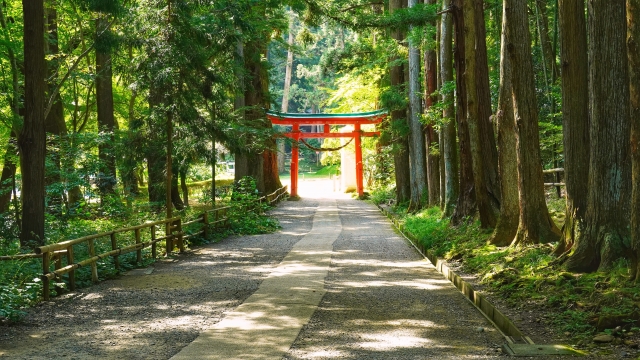
The Japanese word for “approach” is “sando”.
In Japanese, the word “sando” means “Birth canal”, but it also has the meaning of “path to worship”.
Shrine Mirror
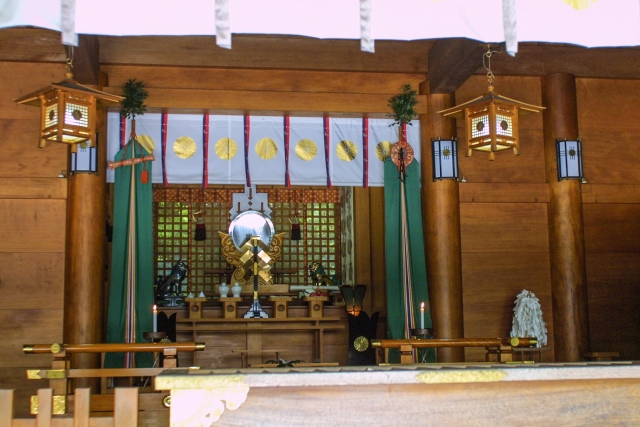
Mirrors are placed in places of worship.
The “mirror” is the “ka-ga-mi,” which is used to remove egoism and confirm one’s identity as a “ka-(ga)-mi”(Kami).
It has the important meaning of facing yourself in the mirror and reflecting on yourself.
It is the wisdom of our ancestors to recognize ourselves as we are, to remember who we are, and to feel gratitude for all that we do.
Walking along the approach once more
We told you that the Japanese word for “approach” is “sando,” which has the same reading as “birth canal.
It means to look at yourself in the mirror and reflect on yourself, to be grateful for what you are living and what is happening today, to return to your honest self again, and to return to your daily life.
“Worship yourself in the mirror and be aware of your actions”.
These thoughts are incorporated into the lifestyle of the shrine.
The underlying value is that people are pure by nature.




